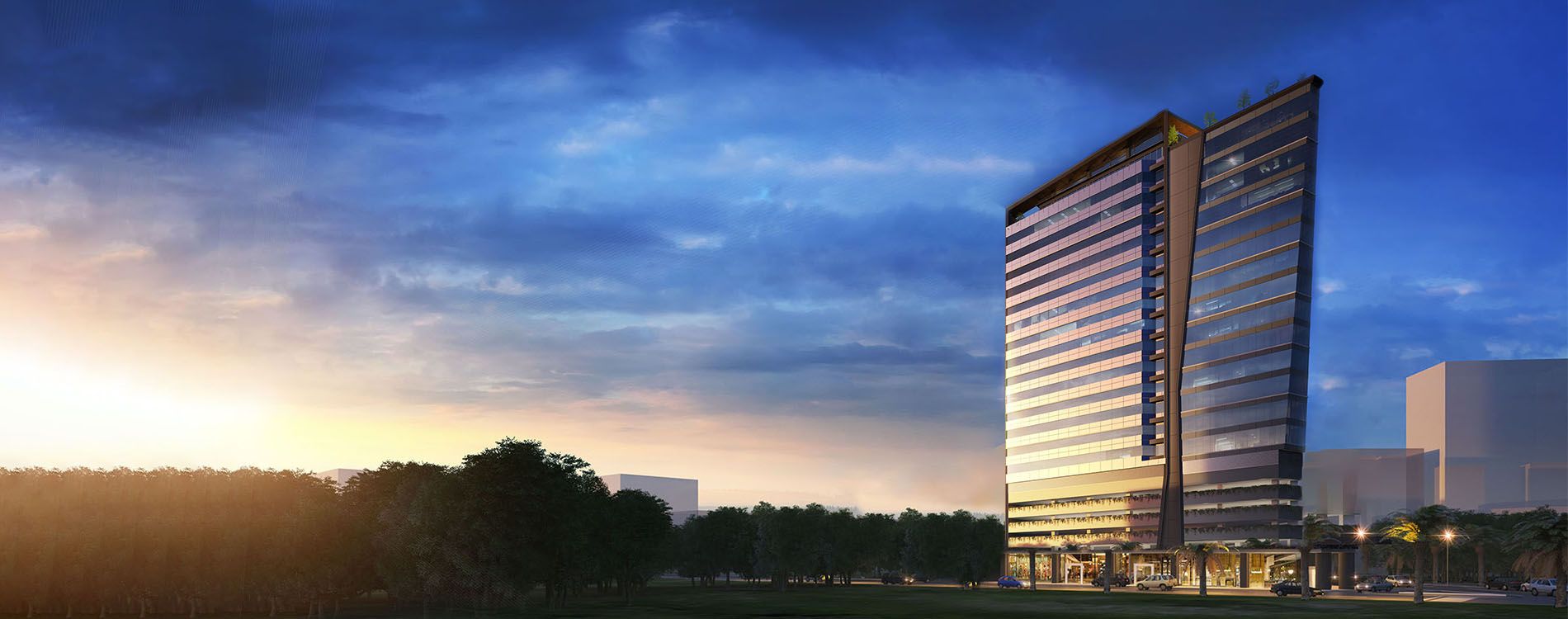Globally, several stringent measures are being taken against the COVID-19 pandemic to ensure that a “return to normalcy” will happen sooner than projected. The National Institute of Allergy and Infectious Disease said that it is possible to experience the “new normal” within the year but the transition to making people feel safe to move around should start early on.
While many have successes in working remotely, the thought of returning to the office post-lockdown can still trigger pandemic fears and risks. The wellness and safety of the people should be treated as equally important to the economic health of a business by applying stronger employee health measures beyond temperature checks, deep cleaning, or sanitation areas.
Experts believe that the transition period can be seen as an opportunity to address pre-existing challenges. Rethinking the ways we approach the design and use of the workplace can be utilized to help prevent diseases and protect public health.
Sanitary Redesign
Real estate developments need to be more conscious of the materials that they build with given the sustainability shift. In a Forbes report, it is suggested that anti-microbial materials such as copper should be more utilized to be less hospitable to germs. It is also imperative to include key distancing-minded features in their design or pre-build plans.
To significantly lower the risk of contamination, ventilation systems must be reconfigured to blow air from the ceiling instead of the floor up. It is also recommended that the six-feet distancing buffer is observed by color-coding the floors and ensuring that workstations are properly spaced.

Productivity & Eco-friendly Design
Given the concurrent public health crisis, the office must be recognized as an environment too and changes in relation to keeping it healthy and safe should be prioritized. The American Journal of Health believes that improved indoor air quality can impact employee disposition and reduce absenteeism which leads to better productivity.
Employing a high-quality air filtration system can help in disease prevention such as allergies and asthma. Breathing in good air can also do wonders for mental health as research shows that it helps alleviate stress and depression.
Other environmental considerations include better acoustics, more natural light, office ergonomics, and ample privacy.
The Philippines is no stranger to the rise of green developments. Moving beyond the capital, Cebu is home to the sustainable estates such as JEG Tower @ One Acacia who got ahead and placed a premium in the overall sustainable design and build of the tower to better cater to its occupants’ wellbeing and the environment.
JEG Tower achieved Leadership in Energy and Environmental Design (LEED) BD+C Core and Shell Silver pre-certification. This guarantees that the estate is optimized for disease prevention, promotes healthier indoor space that encourages movement and activity, lower use of energy, and better water conservation. Its fresh air system is also well-complemented by the installation of the MERV 13 filter than can capture anything as small as 0.3 to 1 micron.
RELATED: JEG Tower Focus – Additional Safety Features for Disease Prevention
Aiming to ensure further safety from viruses, it has pivoted successfully in employing adjustments to minimize the risk of contamination through contactless and technology-reliant measures by adding automatic doors, sensors, and scanning of QR codes upon entry.
As the priorities shift to focus on reshaping spaces ahead of the new normal and protecting communities in the post-lockdown landscape, the demand for efficient properties will only continue to increase. The future of work will rest on spaces that can foster a clean and healthy environment.























